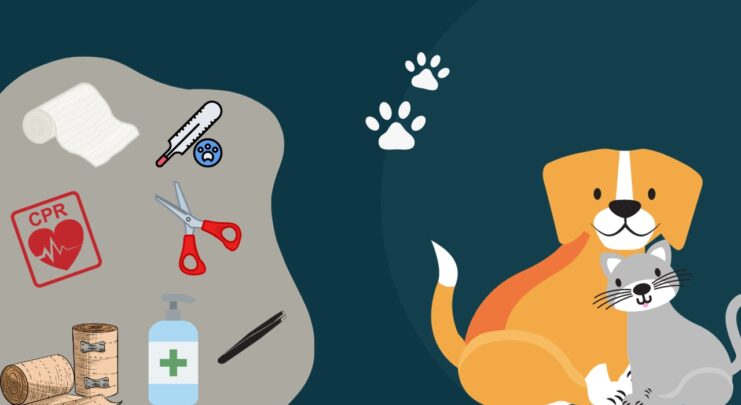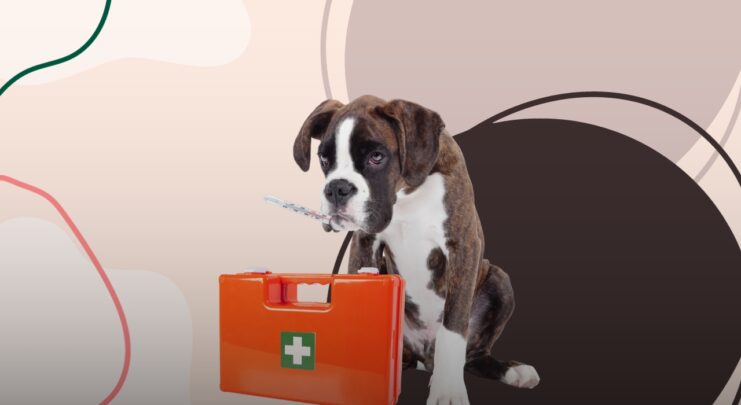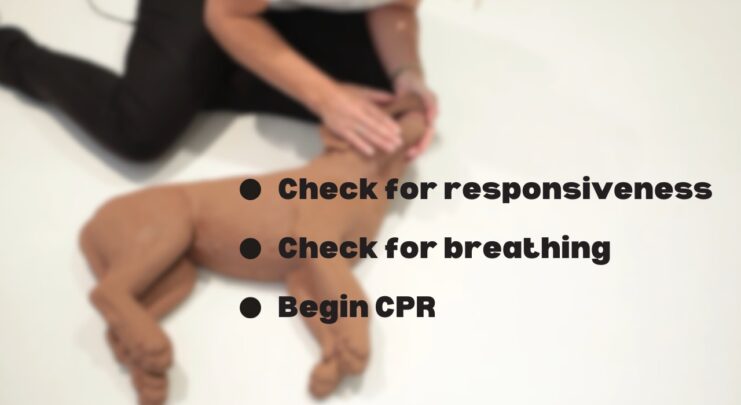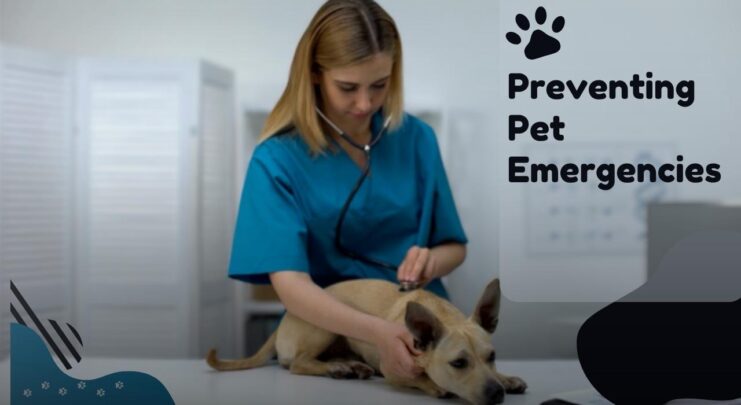Have you ever wondered what you’d do if your beloved fur baby suddenly faced a health crisis? It’s a tough thought, but being prepared can make all the difference.
In this guide, we’re going to delve into the world of pet first aid, breaking it down into simple steps so you can confidently tackle emergencies when they arise.
Understanding Pet First Aid
Think of pet first aid as being your pet’s first line of defense when the unexpected happens. It’s like being the first responder for your furry friend. Just like humans, pets can find themselves in tricky situations – from scrapes and cuts to more serious emergencies like choking or heatstroke.
So, what exactly is pet first aid? It’s a set of essential skills and actions that you, as a responsible pet parent, can take to stabilize your pet’s condition in those crucial moments before professional veterinary help is available. In a way, you become their hero in times of need, providing them with immediate care and comfort.
Pet first aid is all about being prepared and knowing what to do in those unexpected and often frightening situations. It’s like having a safety net for your pet’s well-being, ensuring they have the best chance of a full recovery.
Remember, your furry friend relies on you for their care, and understanding first aid is a crucial part of being a responsible pet owner. And if you want to make sure your pet will be safe with you, go check https://cprcertificationnow.com/products/pet-cpr-first-aid-certification.
Assembling a Pet First Aid Kit

What if you’re embarking on a road trip? You wouldn’t leave home without packing your snacks, maps, and sunscreen, right? Well, your pet first aid kit is no different. You must buy many things and although not everything is cheap, you will be happy to have these things near you. Here’s what you need:
- Bandages: For those little scrapes and cuts.
- Antiseptics: To clean wounds safely.
- Scissors: Handy for trimming fur around wounds.
- CPR Mask: A must-have for CPR.
- Gauze and Tape: Perfect for securing bandages.
- Muzzle: In case your pet is in pain and might bite.
- Thermometer: To check their temperature.
- Tweezers: For removing splinters or ticks.
Now, don’t just toss these items in a drawer and forget about them. Keep your pet’s first aid kit easily accessible. It’s like having a trusty map in your glove compartment – you hope you won’t need it, but it’s comforting to know it’s there.
Common Pet Emergencies and Their First Aid

Let’s see which are the most common pet emergencies.
1. Cuts and Wounds
Ever had a paper cut? Ouch, right? Well, your pet can experience the same discomfort. If your furry buddy gets a cut, first, stay calm. Clean the wound gently with antiseptic, apply a bandage, and then get to the vet.
2. Choking
Your dog gulps down a treat too quickly and starts choking. What do you do? You perform the Heimlich maneuver but modified for pets. Place your hands just below the ribcage and give a quick, firm squeeze. If that doesn’t work, rush to the vet.
3. Heatstroke
On a blazing hot day, even your pup can overheat. If you notice heavy panting, excessive drooling, or weakness, cool them down by wetting their fur and applying ice packs to their armpits. Then, head to the vet pronto.
4. Poisoning
Dogs are known for their curiosity, but sometimes it gets them into trouble. If you suspect your pet ingested something toxic, call your vet or an animal poison control hotline immediately. They’ll guide you on what to do next.
5. Fractures
Picture this: Your cat takes a daring leap from a high shelf and lands awkwardly. If you suspect a fracture, try to keep your pet as still as possible, and support the injured limb with a splint or bandage. Rush to the vet for proper diagnosis and treatment.
CPR and Rescue Breathing for Pets

Now, let’s talk about a scenario that no pet owner wants to face: when your furry friend’s heart stops beating. If this happens, proper CPR can be a lifesaver.
- Check for responsiveness: Gently tap your pet and call their name.
- Check for breathing: Place your ear near your nose and mouth to listen and feel for breath.
- Begin CPR: If there’s no response or breathing, place your pet on their side, extend their head and neck, and perform chest compressions.
Remember, the rhythm for CPR in pets is different from humans. It’s like dancing to a unique beat – you’re pushing down firmly and then letting go. Combine this with rescue breaths, and you’re giving your furry friend the best chance of survival.
Handling Stressful Situations
When faced with an emergency, it’s normal to feel scared and overwhelmed. However, it’s crucial to stay as calm as possible. Your pet will pick up on your emotions, so the calmer you are, the more they’ll relax.
Comfort your pet with gentle words and strokes while you administer first aid. It’s like being their security blanket during a storm – your presence can be incredibly reassuring.
Preventing Pet Emergencies

You know what they say: “An ounce of prevention is worth a pound of cure. To keep your pet safe and healthy, pet-proof your home just like you would baby-proof for a toddler. Lock away harmful substances, secure dangerous areas, and provide safe toys and activities.
Remember, regular vet check-ups are like routine maintenance for your car. They help catch potential problems early, ensuring your pet stays in tip-top shape.
Training and Certification
Want to take your pet’s first aid skills to the next level? Consider enrolling in a pet first aid and CPR course. These courses can provide hands-on training and certification, giving you the confidence to handle emergencies like a pro.
Conclusion
Alright, fellow pet enthusiasts, we’ve covered a lot of ground here, from assembling your first aid kit to performing CPR. You’re now equipped with essential knowledge to tackle pet emergencies head-on.
Remember, being prepared is the best way to show your furry friend just how much you care. So, take a deep breath, pack your kit, and let’s keep those tails wagging and whiskers twitching for many more happy and healthy years together.

